The well-known statue (erected in 1888) by the bridge over Railway Street commemorates the ‘postal pioneer’ Thomas Fletcher Waghorn – the Chatham-born naval officer and merchant seaman who developed a new postal route from Great Britain to India. His 6,000-mile overland route replaced the 16,000-mile sea journey, reducing the time taken from around three months to just 35–40 days.
Text about the history of The Thomas Waghorn.
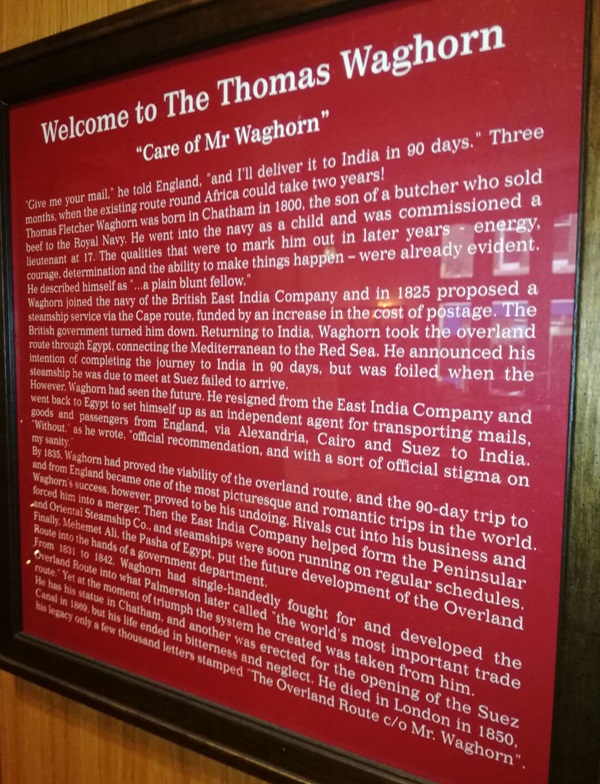
The text reads: “Give me your mail” he told England, “and I’ll deliver it to India in 90 days”. Three months when the existing route round Africa could take two years!
Thomas Fletcher Waghorn was born in Chatham in 1800, the son of a butcher who sold beef to the Royal Navy. He went into the navy as a child and was commissioned a lieutenant at 17. The qualities that were to mark him out in later years – energy, courage, determination, and the ability to make things happen – were already evident. He described himself as “…a plain blunt fellow”.
Waghorn joined the navy of the British East India Company and in 1825 proposed a steamship service via the Cape route, funded by an increase to the cost of postage. The British government turned him down. Returning to India, Waghorn took the overland route through Egypt, connecting the Mediterranean to the Red Sea. He announced his intention of completing the journey to India in 90 days, but was foiled when the steamship he was due to meet at Suez failed to arrive.
However, Waghorn had seen the future. He resigned himself from the East India Company and went back to Egypt to set himself up as an independent agent for transporting mails, goods and passengers from England, via Alexandria, Cairo and Suez to India. “Without” he wrote “official recommendation, and with a sort of official stigma on my sanity”.
By 1835, Waghorn had proved the viability of the overland route, and the 90 day trip to and from England became one of the most picturesque and romantic trips in the world. Waghorn’s success, however, proved to be his undoing. Rivals cut into his business and forced him into a merger. Then the East India Company helped form the Peninsular and Oriental Steamship Co., and steamships were soon running on regular schedules. Finally, Mehmet Ali, the Pasha of Egypt, put the future development of the Overland Route into the hands of a government department.
From 1831 to 1842, Waghorn had single-handedly fought for and developed the Overland Route into what Palmerston later called “the world’s most important trade route”. Yet at the moment of triumph the system he created was taken from him. He has his statue in Chatham, and another was erected got the opening of the Suez Canal in 1869, but his life ended in bitterness and neglect. He died in London in 1850, his legacy only a few thousand letters stamped ‘The Overland Route c/o Mr. Waghorn’.
Illustrations and text about the history of post.
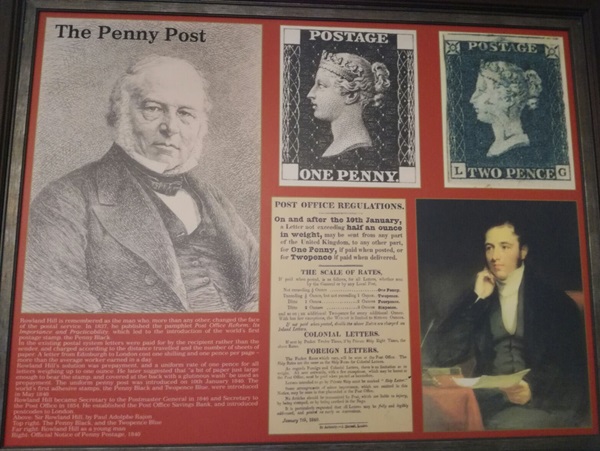
The text reads: Rowland Hill is remembered as the man who, more than any other, changed the face of the postal service. In 1837, he published the pamphlet Post Office Reform: Its Importance and Practicability, which led to the introduction of the world’s first postage stamp, the Penny Black.
In the existing postal system letters were paid for by the recipient rather than the sender, and charged according to the distance travelled and the number of sheets of paper. A letter from Edinburgh to London cost one shilling and one pence per page – more than the average worker earned in a day.
Rowland Hill’s solution was prepayment, and a uniform rate of one pence for all letters weighing up to one ounce. He later suggested that “a bit of paper just large enough to bear the stamp, and covered at the back with a glutinous wash” be used as prepayment. The uniform penny post was introduced on 10 January 1840. The world’s first adhesive stamps, the Penny Black and Twopence Blue, were introduced in May 1840.
Rowland Hill became secretary to the postmaster general in 1848 and secretary to the post office in 1854. He established the Post Office Savings Bank, and introduced postcodes to London.
Above: Sir Rowland Hill, by Paul Adolphe Rajon
Top right: The Penny Black, and the Twopence Blue
Far right: Rowland Hill as a young man
Right: Official Notice of Penny postage, 1840.
Illustrations and text about Anthony Trollope.
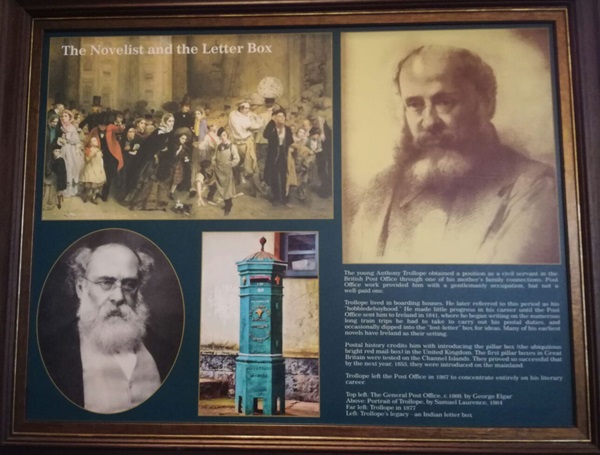
The text reads: The young Anthony Trollope obtained a position as a civil servant in the British Post Office through one of his mother’s family connections. Post office work provided him with a gentlemanly occupation, but not a well-paid one.
Trollope lived in boarding houses. He later referred to this period as his “hobledehoyhood”. He made little progress in his career until the post office sent him to Ireland in 1841, where he began writing on the numerous long train trips he had to take to carry out his postal duties, and occasionally dipped into the ‘lost-letter’ box for ideas. Many of his earliest novels have Ireland as their setting.
Postal history credits him with introducing the pillar box (the ubiquitous bright red mail-box) in the United Kingdom. The first pillar boxes in Great Britain were tested on the Channel Islands. They proved so successful that by the next year, 1853, they were introduced on the mainland.
Trollope left the post office in 1867 to concentrate entirely on his literary career.
Top left: The general post office, c1860, by George Elgar.
Above: Portrait of Trollope, by Samuel Laurence, 1864
Far left: Trollope in 1877
Left: Trollope’s legacy – an Indian letter box.
An illustration and text about the old post office, Chatham.
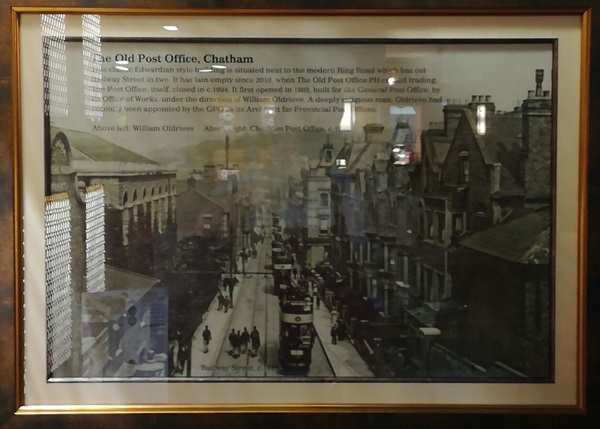
The text reads: This classic Edwardian style building is situated next to the modern ring road which has cut Railway Street in two. It has lain empty since 2010, when the old post office ceased trading. The post office, itself, closed c1994. It first opened in 1902. Built for the General Post Office, by its Office of Works, under the direction of William Oldrieve. A deeply religious man, Oldrieve had recently been appointed by the GPO as its Architect for Provincial Post Offices.
Above left: William Oldrieve
Above right: Chatham Post Office, c1910.
Photographs of the old post office in Chatham.
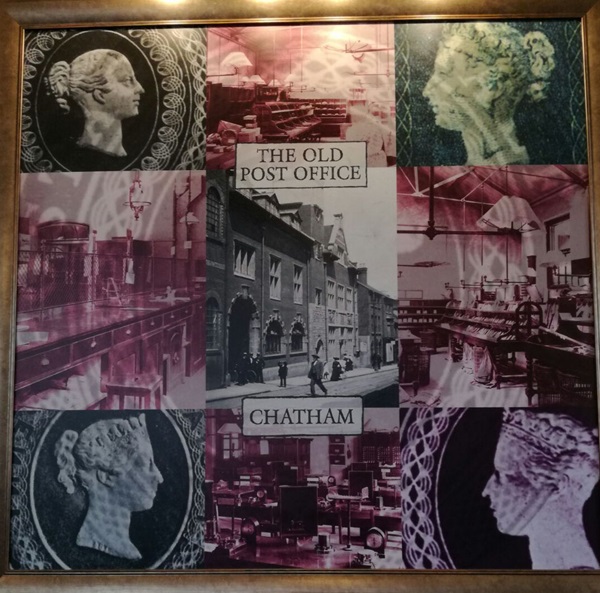
Original design features of the post office can still be seen today.
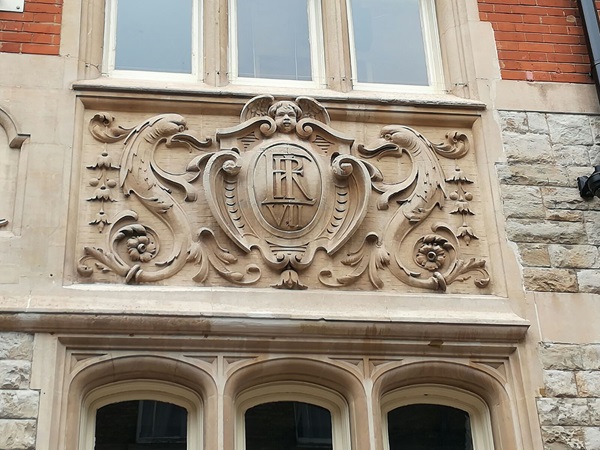
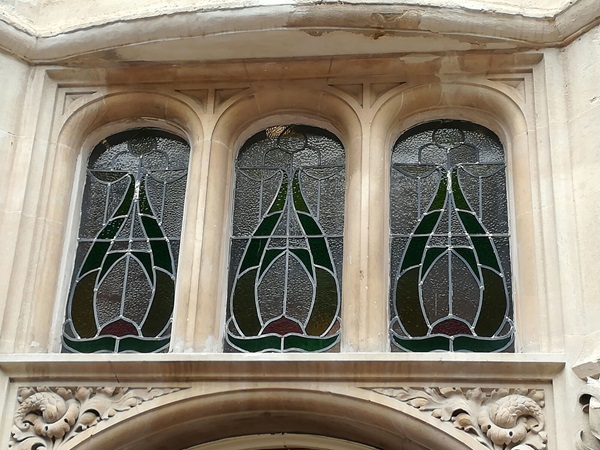
Indian inspired stamps can be found on the external walls of the pub.
This is in reference to Anthony Trollope’s legacy – an Indian letter box.
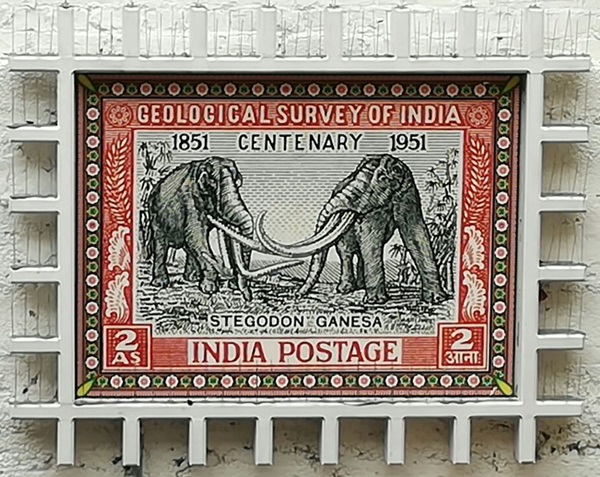

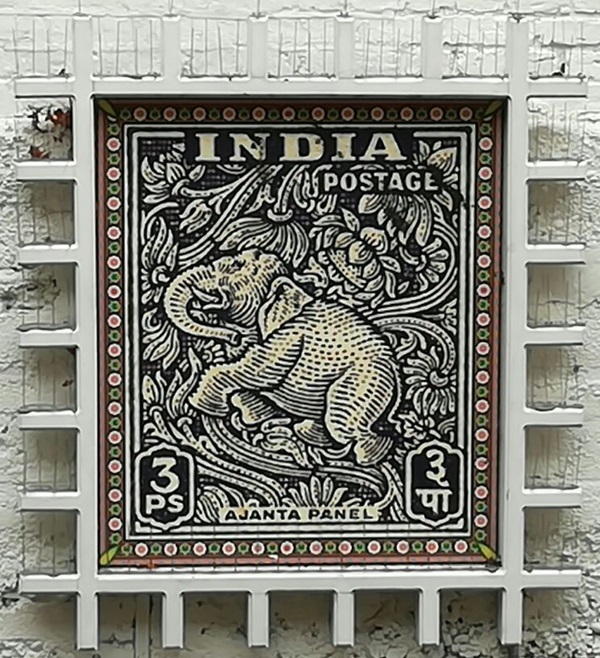
External photograph of the building – main entrance.

If you have information on the history of this pub, then we’d like you to share it with us. Please e-mail all information to: pubhistories@jdwetherspoon.co.uk